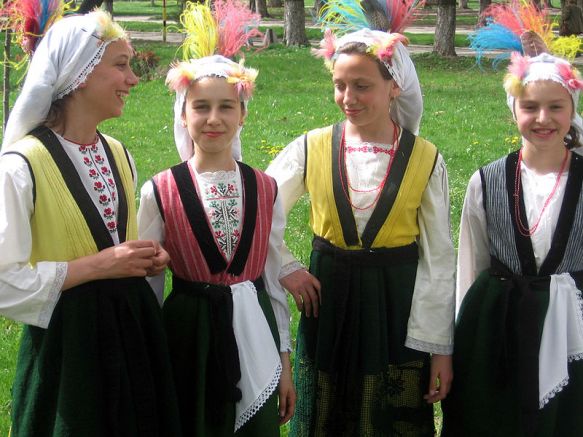On the Apennines they built temples dedicated to the first apostle of Christ.
Svetoslav Pintev
Already in 1942, the Italian historian Vincenzo d’Amico drew attention to the fact that in Italy, wherever there were Bulgarian communities in the Middle Ages churches were built bearing the name of St. Andrew the First-Called. He was the patron saint of our (Bulgarian) Christianized ancestors. The ancient Bulgarians built temples dedicated to the first apostle of Christ. There is a hypothesis that the cult of St. Andrew the First-Called may have come to Italy with the horsemen of Alcek (the leader of the given branch of Bulgarians).
This is written even in the documents of the Roman Church. Here, we cite what one of them says: “The spread of the cult of St. Andrew took place during the Lombard rule /VI-VII centuries/ and was the work of the Bulgarians, who were called to settle some lands depopulated after the war with Byzantium.
The Italian historians Ughelli and Orsini, researching the life in the Duchy of Benevento, established that during that era the church there was called St. Andrea di Palofernus.
This saint is the patron saint of the Bulgarians
Palofernus is the ancient Roman name of the area northwest of the Black Sea, i.e. probably the parts of Great Bulgaria ruled by Alcek, the places where, according to tradition, the first disciple of Christ, St. Andrew the First-Called, preached. According to the scriptures, he converted 70 000 pagans to Christianity there. The Bulgarians simply honour the saint because he preached in their old lands in Scythia before he was crucified in the Greek city of Patras.
Prof. Vincenzo d’Amico reports that more than 700 settlements on the Apennines were founded by the Bulgarians
According to him, nearly 3 million Italians are their descendants. In his work “The Proto-Bulgarians in Italy” he refers to a number of old documents that speak of their presence in the Apennines over the centuries. According to scientist, the Bulgarians first brought and began to grow rice in Italy. They established other agricultural practices unknown until then on the peninsula. Which means that even then they were not only a horse people, but also excellent farmers when they were at peace… In fact, that’s exactly why they allowed them to settle there. Many of the Bulgarian customs, left over from paganism, are also found in some areas of Italy, the professor noticed in the middle of the last century. He examined them and established their undoubted proximity to those in Danube Bulgaria.
Vincenzo d’Amico writes: “The Lazarus is a spring custom which in all probability originates from the pagan celebrations of the sun… More characteristic are the dances of the Nestinari in Strandja (a mountain in Bulgaria). In Italy, such customs are found with bonfires lit in hundreds of villages during the nights of June, for the feasts of San Antonio and San Giovanni, and around them – whistling, singing, shooting and dancing. They are in the provinces of Molise and Abruzzi. In the district of San Andrea di Conza, Avellino, even today, on the last Saturday of May, girls perform dances like those of the lazarki (female dancers)”.
D’Amico comes to the conclusion: “From a general recapitulation, we can count over 700 settlements in Italy, small and large, of Bulgarian origin, with an average number of inhabitants of about 2,000 people for each settlement. Thus, we get about 1 400 000 people. But if we take into account the scattered in other settlements, we approach the number of 3 000 000. The zone of Abiategrasso and the provinces of Campobasso, Benevento and Aquila are inhabited by more than a tenth of this number”.
The book “The History of the Langobards” by the chronicler Pavel Diakon is the main source testifying to the presence of the Bulgarians on the Apennine Peninsula. He writes about them in detail in chapter 26 II and chapter 29, V. According to the chronicler, they first settled in Italy, coming together with the Lombards in the year 568 AD. However, some other sources claim that it happened even earlier. We have already written that their troops were the striking force of the Byzantine Caesar – the general Flavius Belisarius, who lived between 505 AD and 565 AD, Magister militum per Orientem, from 534 AD the sole consul of the Eastern Roman Empire.
Source: trakiaworld.com




